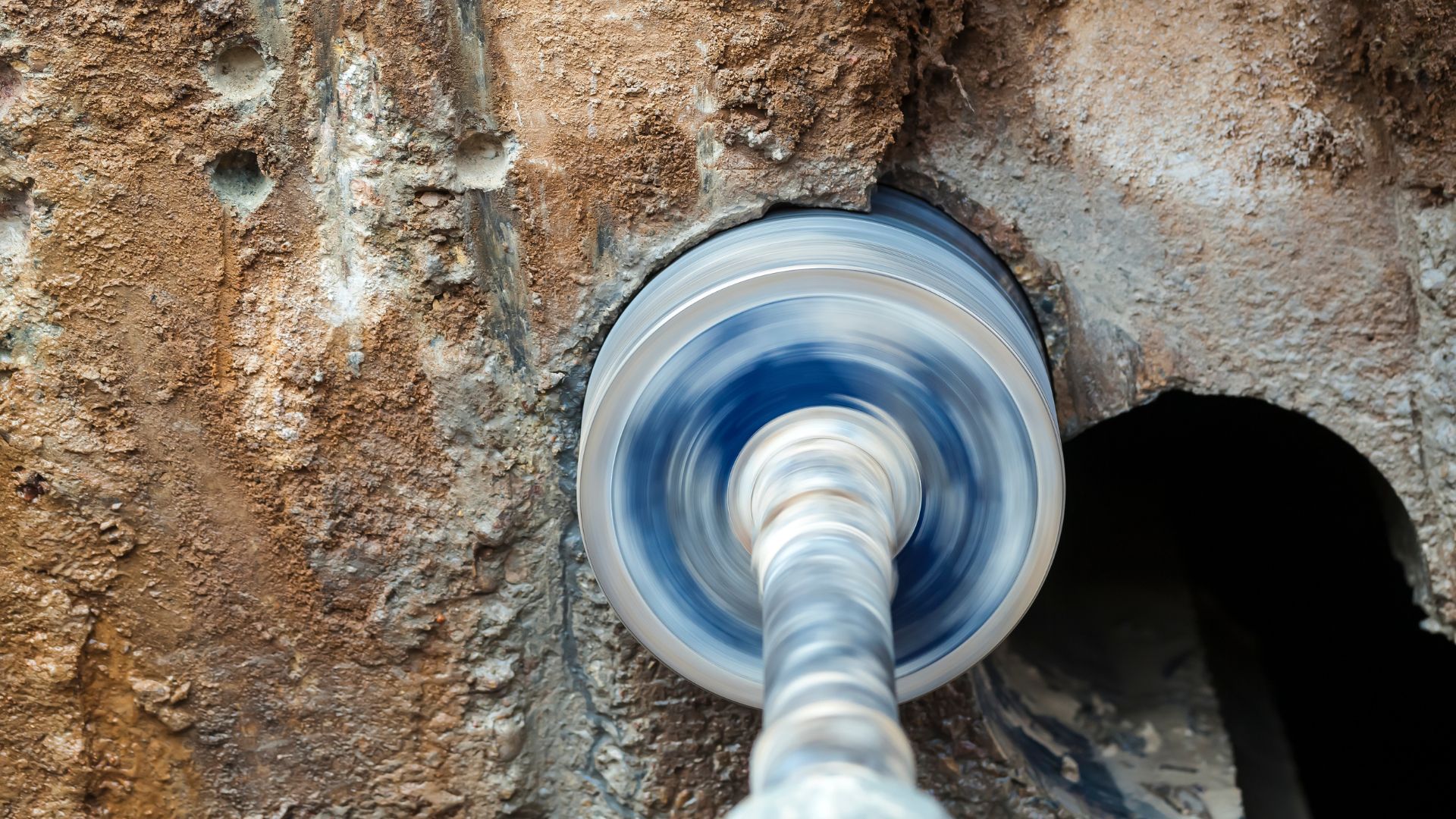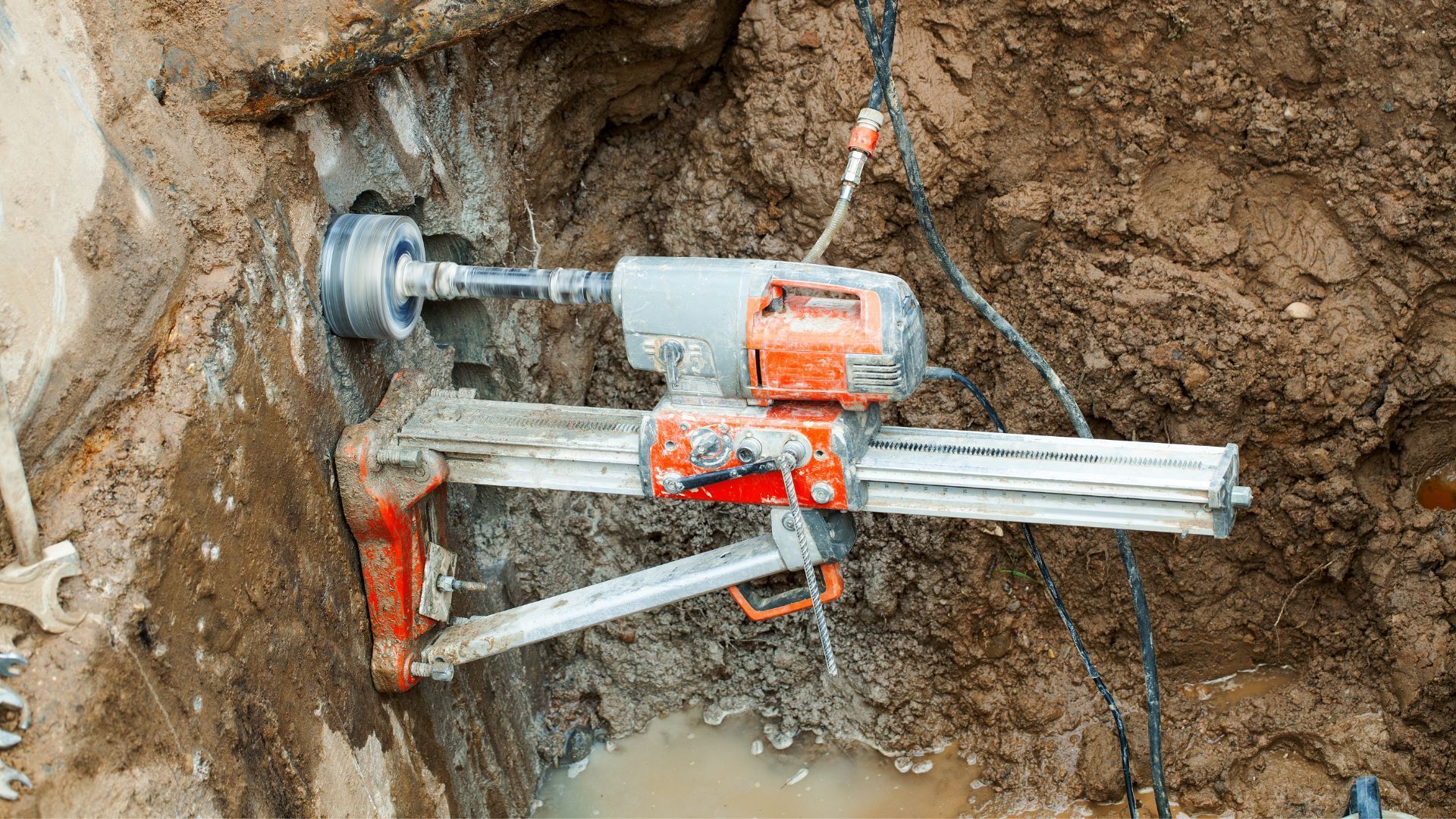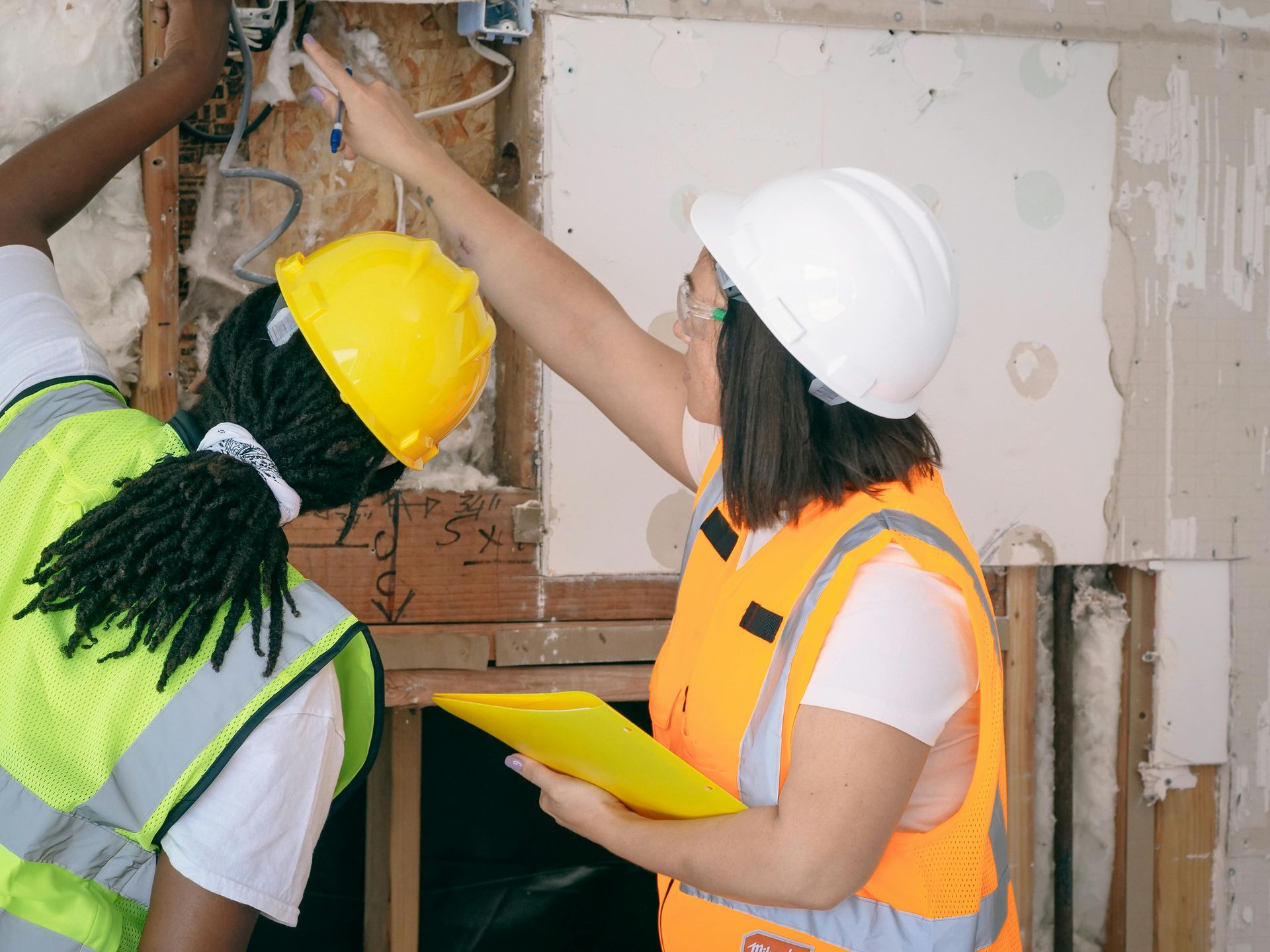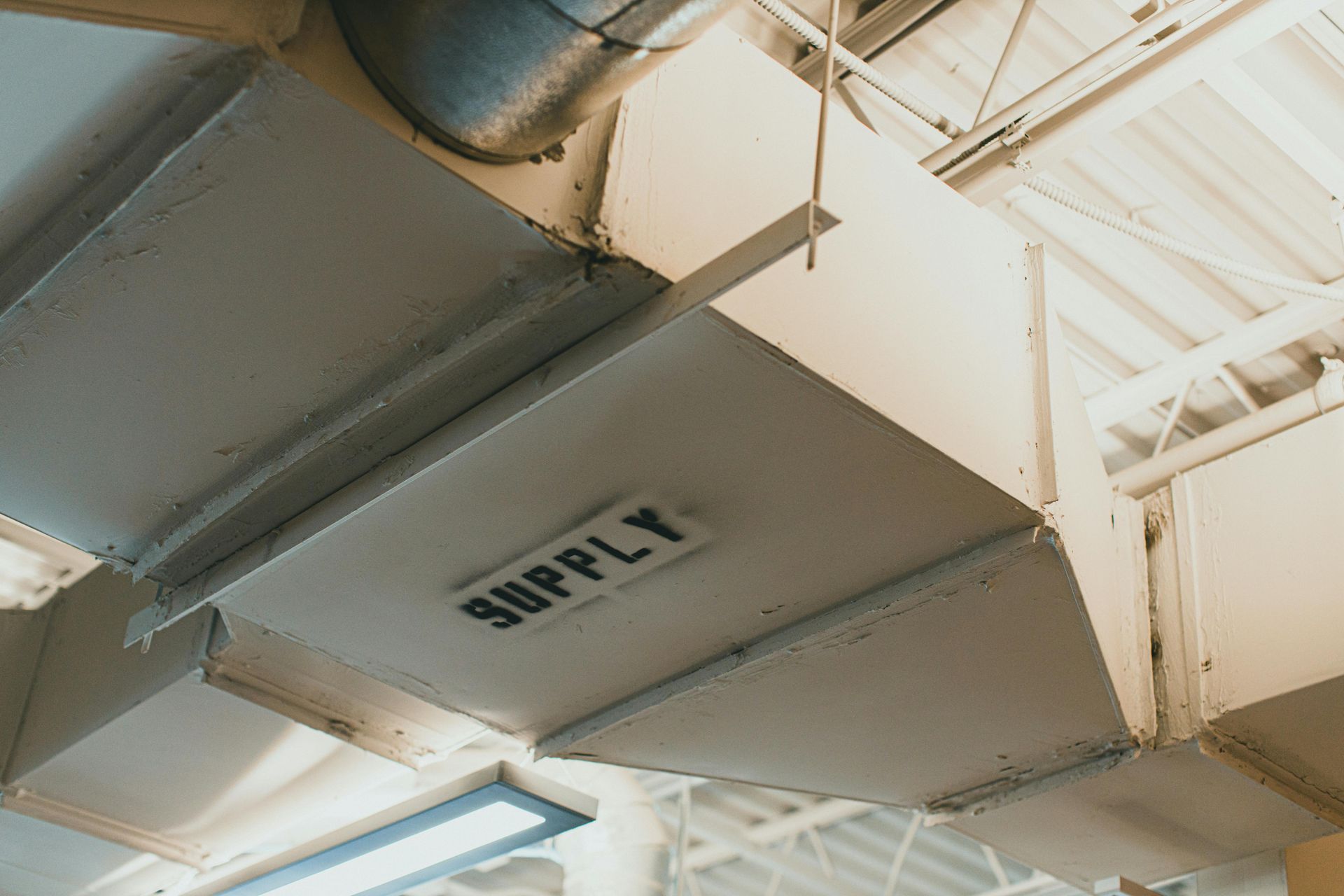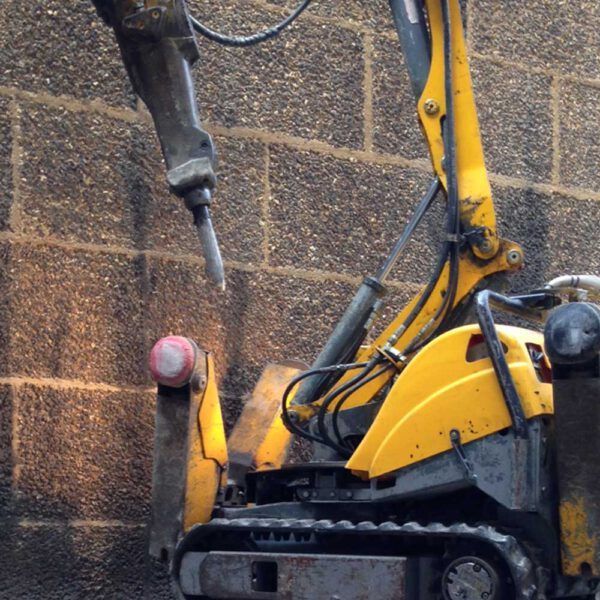Modern M&E (Mechanical & Electrical) projects often take place in complex, occupied, or high-specification buildings where maintaining structure and live services is critical. Creating openings for containment, pipework, or ducting can easily disrupt existing systems if not done precisely. That’s where diamond drilling stands apart.
Its controlled, low-impact technique allows contractors to carry out essential penetrations safely — protecting both the building structure and surrounding utilities.
In this article, we’ll explore how diamond drilling minimises structural and service disruption during M&E works, why it’s preferred over traditional methods, and how PCDD helps contractors achieve seamless results across London.
The Challenge of M&E Work in Existing Structures
In refurbishment and retrofit projects, engineers must integrate new systems within existing frameworks — often surrounded by live mechanical, electrical, and plumbing services.
Traditional percussive drilling or breaking can cause:
- Vibration-induced cracking in structural elements
- Noise and dust that affect occupants or equipment
- Accidental service strikes on embedded utilities
- Misaligned penetrations requiring costly rework
Diamond drilling eliminates these risks by providing a quiet, accurate, and low-vibration method that protects both structure and services.
How Diamond Drilling Minimises Structural Disruption
Low Vibration for Structural Integrity
Unlike impact-based methods, diamond drilling uses rotational cutting instead of hammering.
This dramatically reduces vibration and prevents microcracking in concrete, ensuring surrounding structures remain stable and uncompromised.
Precision and Control
Diamond drilling delivers pinpoint accuracy — ideal for confined spaces or load-bearing elements where tolerances are tight.
Every hole is formed to the exact diameter, depth, and position required by the M&E design.
No Overbreak or Surface Damage
The process produces clean, round openings without chipping or spalling around edges.
That means no patching or remedial works are needed, preserving surface finishes and structural integrity.
Minimal Noise and Dust
Water-suppressed or vacuum-assisted drilling keeps operations quiet and dust-free, ideal for live buildings or sensitive environments such as hospitals, offices, and data centres.
Preventing Service Disruption
Pre-Drilling Scanning and Coordination
Before any work begins, GPR (Ground Penetrating Radar) and ferroscan surveys identify hidden reinforcement, conduits, and pipework.
This allows safe positioning of holes and avoids accidental strikes on live systems.
Non-Intrusive Technique
Diamond drilling can be carried out while surrounding electrical and mechanical systems remain operational, minimising the need for shutdowns.
Safe Around Embedded Services
The non-percussive action means nearby pipework, ducts, and cables are unaffected, even in confined risers or plant areas.
Precise Alignment with Existing Routes
Accurate hole placement ensures new M&E penetrations integrate seamlessly with existing containment runs, maintaining both performance and aesthetics.
Benefits for Contractors and Building Owners
- Reduced risk of damage to building structure or live services
- Lower noise and vibration for occupant comfort
- Faster, cleaner installations with minimal rework
- Compliance with health, safety, and environmental standards
- Less downtime for building operations and maintenance
For London’s dense urban environment, where many buildings remain occupied during upgrades, diamond drilling is the only practical solution for controlled, disruption-free work.
Case Study Example
During a live office plant room refurbishment in London, PCDD was tasked with creating multiple core holes for chilled water and electrical service penetrations. Using diamond drilling rigs, the team formed accurate openings through reinforced concrete walls and floors without disrupting existing systems or operations.
The project was completed within tight timescales, maintaining full functionality of the building’s M&E systems throughout.
Health, Safety & Compliance
Every diamond drilling operation carried out by PCDD is fully compliant with UK safety standards and site requirements, including:
- CSCS and SSSTS-certified operatives
- Comprehensive RAMS documentation
- Dust and water suppression in accordance with HSE and COSHH guidance
- Adherence to BS EN 206 for reinforced concrete and structural works
Safety, precision, and coordination are integral to PCDD’s approach — ensuring zero service disruption on every project.
Frequently Asked Questions
How does diamond drilling reduce structural damage?
Its low-vibration cutting action prevents cracking, spalling, and structural weakening common with impact drilling.
Can drilling be done while services remain live?
Yes — with proper scanning, planning, and controls, drilling can safely occur around live systems.
Is it suitable for hospitals or data centres?
Absolutely. Diamond drilling’s quiet, dust-free process makes it ideal for sensitive, high-specification environments.
What sizes and materials can be drilled?
Everything from small conduits (10 mm) to large service penetrations over 1,000 mm in concrete, blockwork, and stone.
When precision and safety matter, diamond drilling offers the cleanest, most controlled way to create openings for M&E installations.
By eliminating vibration, noise, and dust, it protects structural integrity and keeps existing services operational — making it the preferred choice for contractors working in London’s busiest and most sensitive environments.
Whether you’re planning a plant upgrade, containment reroute, or retrofit installation, PCDD’s expertise ensures your project runs smoothly from start to finish.
Learn more about our Diamond Drilling London services and how we help contractors deliver accurate, disruption-free results across the capital.
